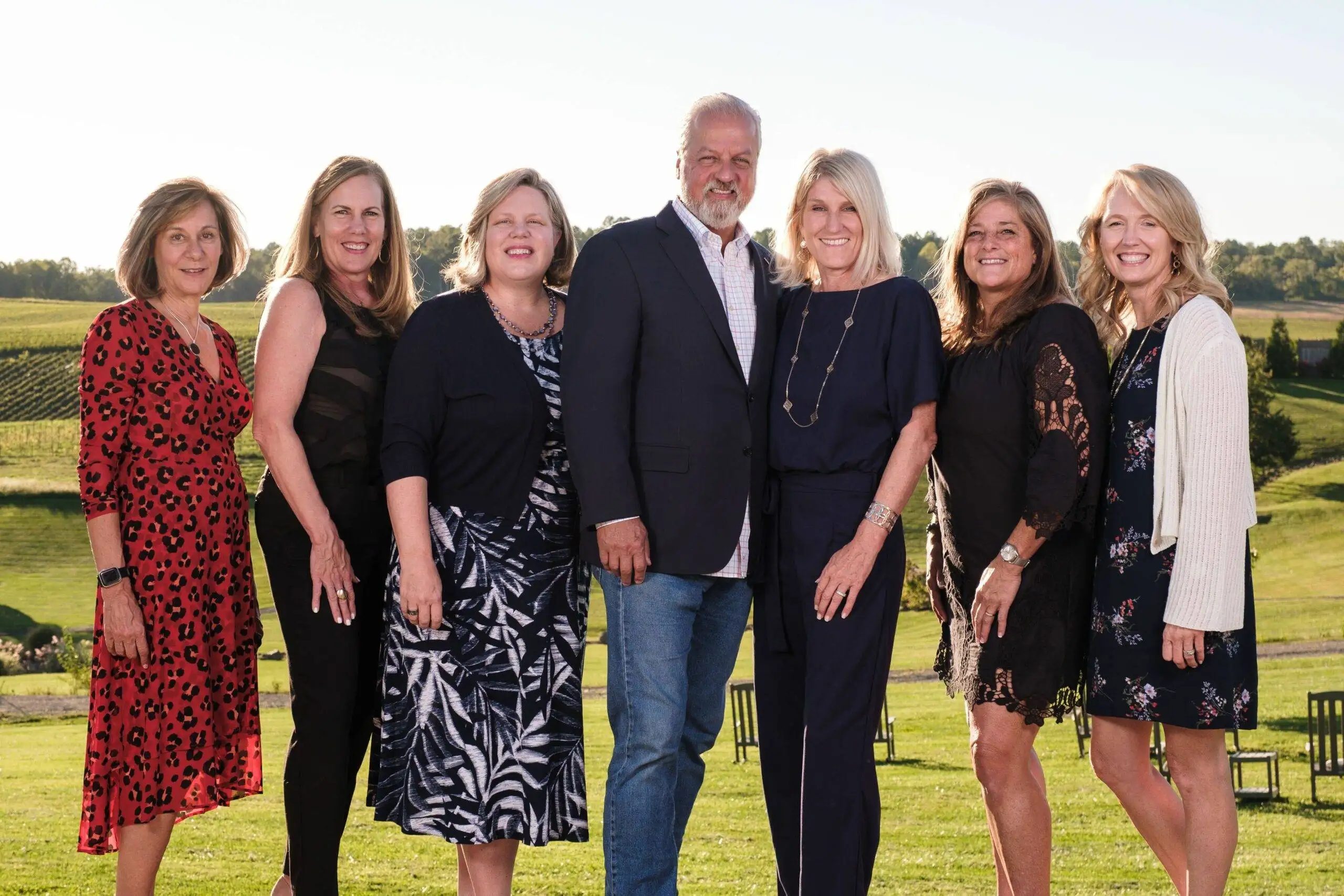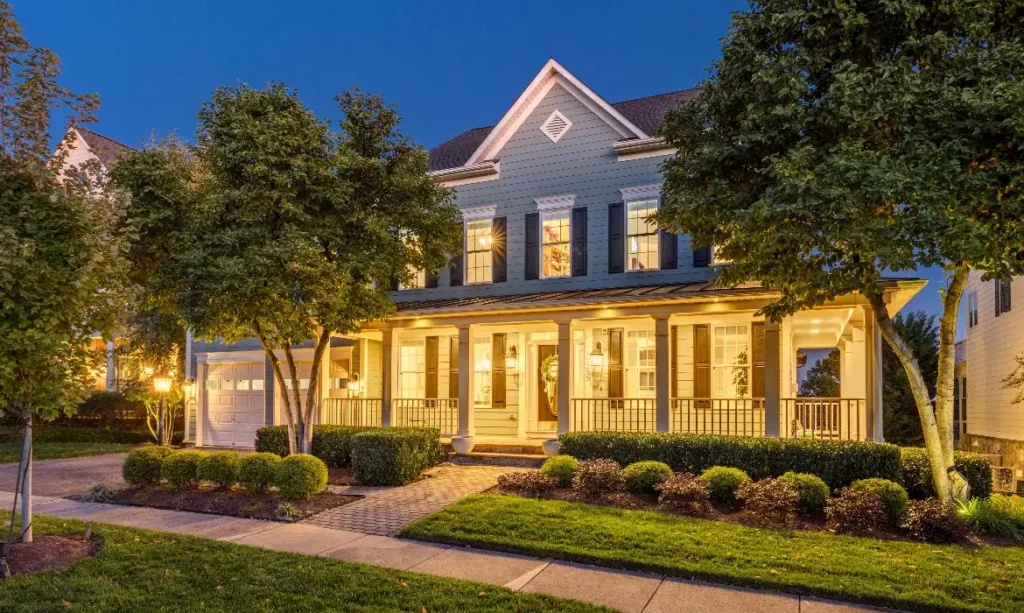
Exploring Historic Homes in Leesburg: A Walking Tour of Local Architectural Treasures
The Founding Era: Leesburg's Architectural Origins
The genesis of Leesburg occurred sometime before 1755 when Nicholas Minor established a tavern at the intersection of the Old Carolina Road (now Route 15) and the Potomac Ridge Road (present-day Route 7). Learn more about Leesburg’s early history at LoudounHistory.org.
Though initially a sparse collection of buildings called “George Town,” the settlement’s fortunes changed dramatically when the British Colonial Council designated it as the site for Loudoun County’s courthouse. On October 12, 1758, the Virginia General Assembly officially founded Leesburg on 60 acres that Minor had meticulously laid out in the traditional Virginia plan of six crisscrossed streets.
Early Leesburg homes reflected the frontier-like architecture of the 1760s, characterized by practical, rustic designs that prioritized function over form. European settlement near Leesburg began in the late 1730s as Tidewater planters established large farms and plantations in the area. Many of Virginia’s First Families, including the Carters, Lees, and Masons, were among those who settled here, bringing with them architectural influences that would shape the town’s development. (Want to see this history in person? Try a Leesburg historic walking tour.)
William Baker’s House, built in 1761, stands as one of the original buildings in Leesburg and exemplifies the early architectural style of the region. If you’re interested in historic properties and other homes for sale in Leesburg, understanding these architectural origins provides valuable context for appreciating the town’s unique real estate offerings.
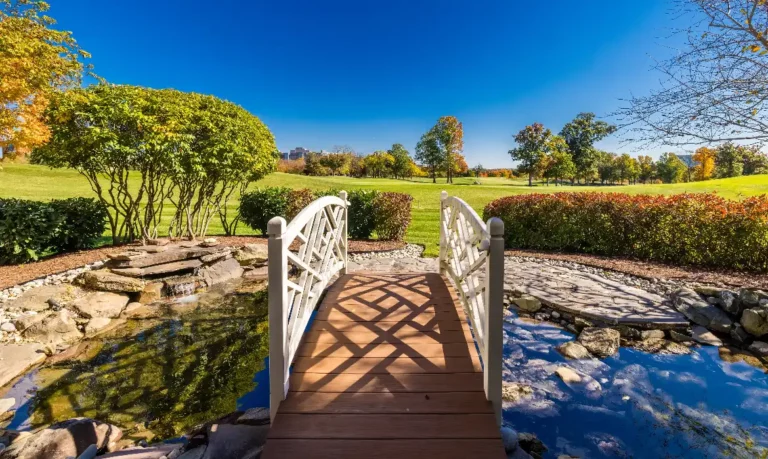
Architectural Evolution: From Federal to Victorian Splendor
Leesburg’s architectural landscape evolved significantly through the 19th century as the town expanded beyond its original boundaries. The town was incorporated in 1813 and officially expanded its boundaries in 1814. This period marked the beginning of Leesburg’s most substantial architectural transformation.
Note: Our primary resource for this information is a 2002 architectural survey by EHT Traceries out of Washington DC. You can read the full report here (PDF).
Federal and Georgian Influences (Early 19th Century)
After the initial settlement period, Leesburg saw the rise of more sophisticated architectural styles. Federal and Georgian designs became prominent, characterized by symmetrical facades, decorative elements, and more refined proportions. These homes often featured brick construction, multi-pane windows, and elaborate entrance porticos that signaled the growing prosperity of the town and its residents.
Victorian Era Transformation (Late 19th Century)
By the mid-to-late 19th century, Leesburg experienced another expansion phase. The town boundaries were extended again in 1858, allowing for new development beyond the historic core. This period introduced Queen Anne and Colonial Revival styles to Leesburg’s architectural tapestry. These homes typically stood two-and-a-half stories tall with wood frame construction, multi-gabled roofs, projecting bays, and various porch forms. The construction of these dwellings reflected the infill development occurring within and near the town, with properties typically situated on long, narrow lots with supporting outbuildings to the rear.
For buyers seeking character homes in Leesburg, these architectural details not only enhance aesthetic appeal but can significantly impact property values. Our team at the Garrell Group specializes in helping clients navigate Leesburg’s diverse architectural landscape, from historic treasures to modern luxury homes.
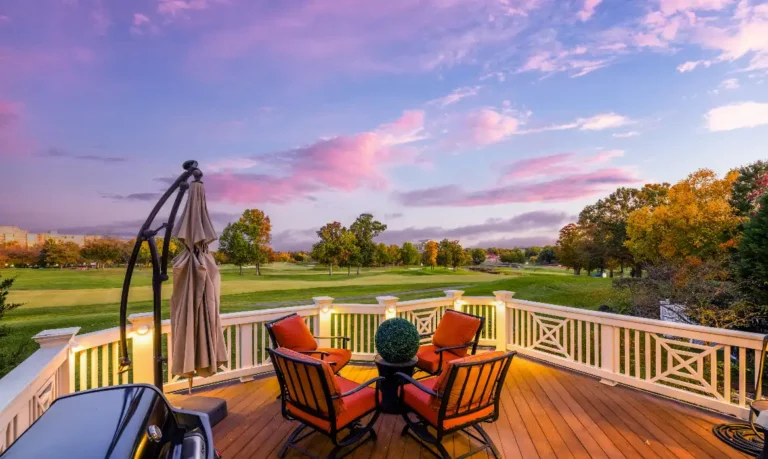
Notable Historic Properties: Leesburg's Architectural Landmarks
Leesburg contains twenty-one entries on the National Register of Historic Places, part of a total 99 entries throughout Loudoun County, making it a treasure trove for architecture enthusiasts and potential homebuyers alike. Several historic properties stand out for their architectural significance and fascinating histories.
Dodona Manor
This restored early 19th-century home belonged to General George C. Marshall, architect of the famous Marshall Plan that helped rebuild Europe after World War II. Marshall owned the home from 1941 until his death in 1959. Now operated as the George C. Marshall International Center, Dodona Manor has been meticulously restored to its appearance from the 1950s. Located at 312 East Market Street, this National Historic Landmark offers visitors a glimpse into the life of one of America’s most influential diplomats and military leaders.
Oatlands Historic House & Gardens
A National Historic Landmark listed on the National Register of Historic Places, Oatlands represents the grandeur of plantation architecture in Virginia. This significant estate is managed by the National Trust for Historic Preservation and showcases the agricultural heritage and architectural sophistication that characterized Loudoun County’s early development.
Glenfiddich House
Formerly a Civil War-era hospital, Glenfiddich House (aka Harrison Hall) holds particular historical significance as the site where Robert E. Lee planned the invasion of Maryland. Its architecture reflects the strategic importance of Leesburg during the Civil War period and provides valuable insights into the town’s role in this pivotal moment in American history.
Morven Park
The estate of Virginia Governor Westmoreland Davis, Morven Park exemplifies the grand estate architecture that flourished in Loudoun County. Its impressive scale and detailed craftsmanship make it a must-see destination for anyone interested in historical architecture and luxury real estate in Leesburg.
For those considering purchasing a historic property in Leesburg, these landmarks provide inspiration and context. Understanding the architectural heritage of the area can help buyers appreciate the value of homes for sale in Leesburg with historical features. Our team offers specialized expertise in historic properties and can help determine the value of your Leesburg home based on its architectural significance and historical context.
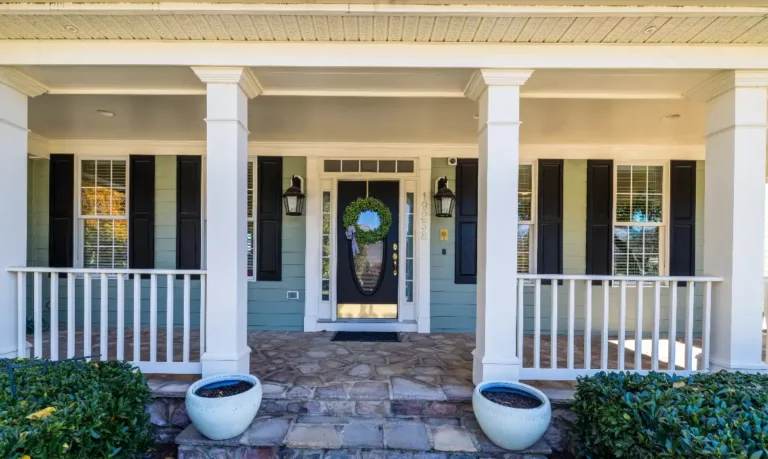
In Leesburg Real Estate Today, History Meets Modern Living
The architectural legacy of Leesburg continues to shape its real estate market today. The town’s historic district was placed on the National Register of Historic Places in 1970 and is celebrated as one of the best-preserved and most picturesque downtowns in Virginia. In 1963, the Board of Architectural Review was established and the Leesburg Old and Historic District was officially designated, ensuring the preservation of these architectural treasures for future generations.
Today’s Leesburg real estate market balances historic charm with modern amenities. As of February 2025, the median home price in Leesburg was approximately $665,000, reflecting a 10.8% increase from the previous year (per Bright MLS agent-reported data). The market remains competitive, with homes receiving multiple offers and selling within about three weeks on average.
If you are considering selling a home in Leesburg, particularly an historic property, understanding the architectural significance of your home can be a valuable marketing advantage. Buyers increasingly appreciate the character, craftsmanship, and unique features found in Leesburg’s historic homes. Whether you’re seeking a colonial-era property in the Old and Historic District or a Victorian gem in one of Leesburg’s historic neighborhoods, our team has the expertise to guide you through the process.
Leesburg’s architectural journey, from a frontier settlement to a sophisticated county seat, reflects the broader story of American development. For real estate enthusiasts, history buffs, and prospective homeowners alike, the historic homes of Leesburg offer a tangible connection to our shared past and a solid investment in our future.
Ready to explore historic homes in Leesburg? Contact the Garrell Group to begin your journey through Leesburg’s architectural heritage and find your place in this storied community.
Best Loudoun County Real Estate Agents
Following these steps, you can increase the value of your property ahead of a home sale, without breaking the bank. Why not start making improvements today! Your home will thank you for it. In the meantime, if you are thinking about selling your home or have any questions, please don’t hesitate to contact us. We’re always happy to hear from you.
